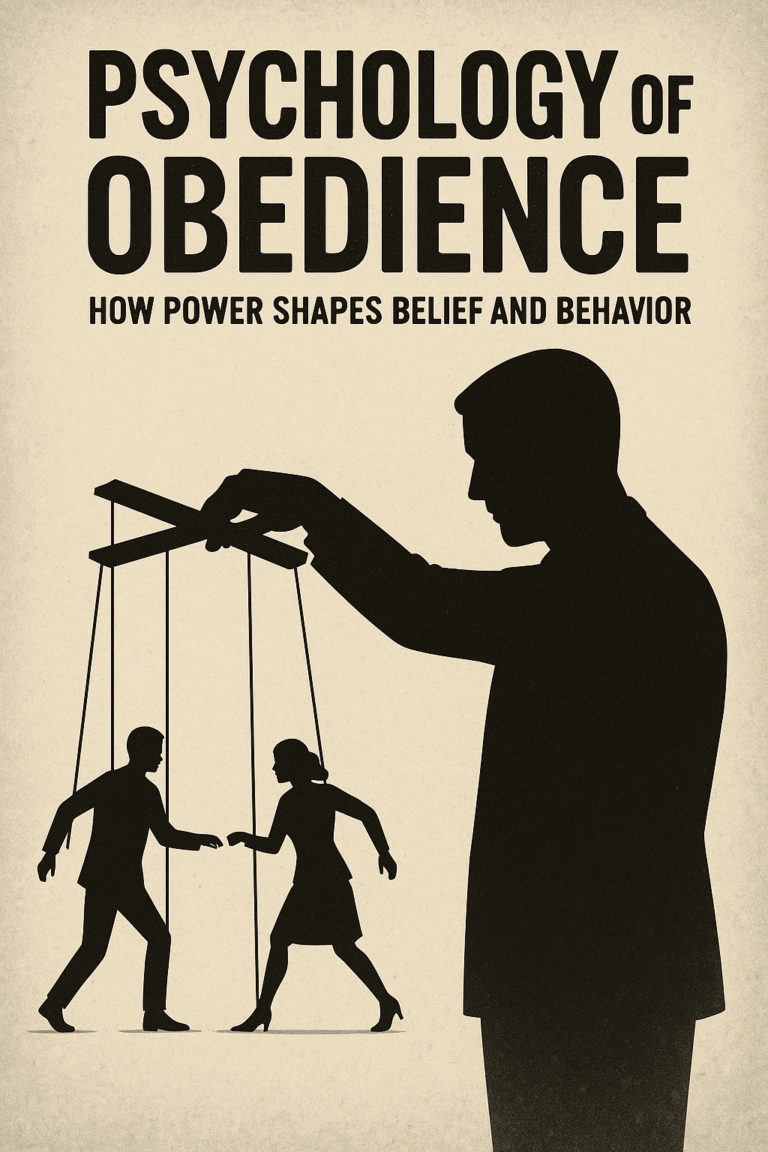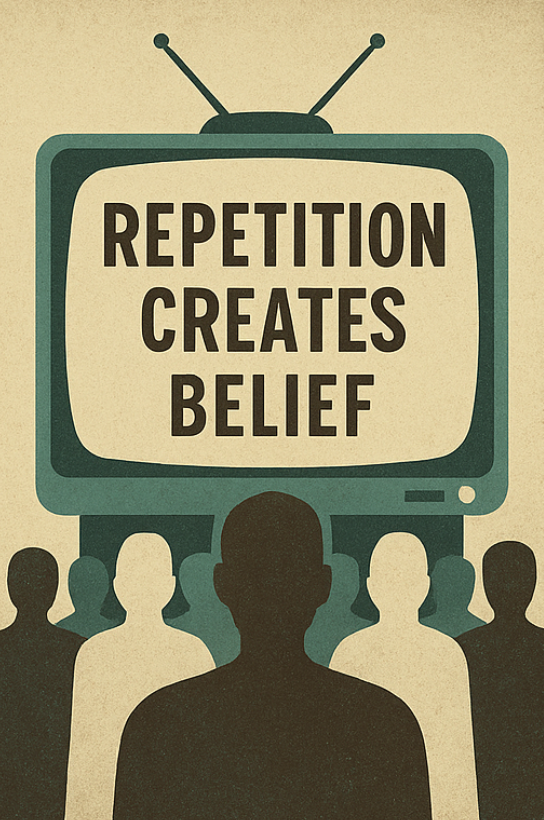📲 I. When Reassurance Turns into a Pattern
Most of us seek reassurance from time to time. It’s a human impulse — to want to be seen, heard, and affirmed. But in some cases, this natural desire for emotional support mutates into something more complicated: a pattern of behavior that subtly reshapes relationships, drains emotional resources, and blurs the line between vulnerability and control.
In today’s culture of constant sharing and digital performance, validation-seeking has become not only normalized, but often rewarded. Yet emerging psychological research suggests that validation-seeking and manipulation sometimes coexist; that chronic validation-seeking can, in some instances, take on a manipulative edge — not out of malice, but out of unconscious conditioning and emotional dependence.
This article explores the deeper dynamics of validation-seeking and manipulation, the psychological roots of emotional reinforcement loops, and the cost borne by those closest to someone who relies on constant reassurance to regulate their sense of self.
🧾 II. The Psychology of Needing to Be Seen
At its root, the need for validation is about connection. From early development, we learn to seek signals from caregivers that tell us we are safe, acceptable, and loved. In adulthood, those same patterns continue — though they take on more subtle forms: compliments, likes, messages of appreciation.
For most people, these moments of affirmation are occasional, healthy boosts. But for others, especially those with unresolved insecurity, emotional neglect, or conditional acceptance in childhood, the need for reassurance becomes chronic — a means of emotional survival.
Clinical psychologist Dr. Clara Jensen explains:
“When someone doesn’t develop an internal sense of worth, they begin outsourcing that function to others. Validation becomes not just comforting, but essential — a way to regulate mood, identity, and even a sense of reality.”
But this dependence often comes at a cost. Over time, the validation-seeker begins subtly recruiting others to act as emotional regulators — always available, always affirming. And when this pattern becomes embedded, it can lead to emotional fatigue, boundary erosion, and confusion for those drawn into the dynamic.
🧩 III. From Insecurity to Influence: How Manipulation Can Hide in Plain Sight
While many validation-seekers are not consciously manipulative, their behaviors can still be coercive — particularly when they condition others to provide constant emotional support, or to protect them from any form of discomfort.
Signs of this dynamic include:
-
Fishing for compliments repeatedly, then dismissing them to invite more
-
Withdrawing affection or communication when not receiving attention
-
Reframing gentle feedback as “attack” or “judgment”
-
Creating emotional crises that demand immediate response
-
Public posts designed to elicit concern, then shaming those who don’t respond
These behaviors are often framed as vulnerability, but in practice they demand disproportionate emotional labor from others.
In close relationships, this dynamic can begin to shape the emotional tone of entire households or friend groups. The validation-seeker becomes the sun around which everyone else orbits — not through force, but through need.
🌐 IV. The Social Media Amplifier
In the age of likes, reactions, and constant status updates, the dynamics of validation-seeking and manipulation have become more visible — and more rewarded.
Social media platforms create ideal conditions for this pattern to flourish. Vulnerability becomes content. Emotional expression becomes performance. And the more intense or raw the disclosure, the more engagement it tends to receive.
According to a 2023 analysis by the Center for Humane Technology, posts that evoke emotional urgency — particularly distress or self-deprecation — are 3x more likely to be shared or commented on than neutral content. (Read more here)
In this environment, the line between authentic sharing and emotional manipulation becomes increasingly blurry. And because emotional reinforcement loops are built into the platform architecture, the behavior is not just normalized — it’s incentivized.
“What we used to call emotional oversharing is now seen as brand-building,” said sociologist and digital culture analyst Dr. Yasmine Ali.
“But that doesn’t mean it’s healthy — for the poster or the people consuming it.”
🧱 V. Covert Narcissism: The Fragile Facade
While overt narcissists demand admiration, covert narcissists seek affirmation through self-deprecation, vulnerability, or emotional need. They appear fragile, anxious, or deeply self-critical — but the emotional pull they exert can be just as strong.
In these cases, the need for validation isn’t just about soothing insecurity — it becomes a means of relational control. The more others are drawn in to help, reassure, or rescue, the more entrenched the dynamic becomes.
What makes this particularly insidious is its moral ambiguity. A person in distress seems to deserve compassion. And often, they do. But when distress becomes a tool — consciously or unconsciously — to maintain closeness, extract loyalty, or avoid accountability, it shifts into manipulation.
This is not to vilify the individual, but to acknowledge that vulnerability and control are not mutually exclusive.
🧠 VI. The Impact on Others: Emotional Fatigue and Guilt
People who are close to chronic validation-seekers — partners, family, best friends — often begin to feel:
-
Responsible for someone else’s emotional well-being
-
Guilty for setting boundaries or needing space
-
Anxious about saying the “wrong” thing
-
Trapped in cycles of reassurance and emotional caretaking
Over time, this can lead to burnout, resentment, or even trauma. One day, a friend realizes they haven’t talked about their own struggles in months. A partner feels silenced. A coworker withdraws from group chats to avoid being pulled into another emotionally loaded conversation.
And yet, pulling back often triggers another crisis — reinforcing the belief that more emotional labor is needed, not less.
🧾 VII. Understanding Motivation Without Excusing Harm
It’s essential to hold space for both truths:
-
People who chronically seek validation are often in pain.
-
That pain doesn’t give them license to dominate or destabilize relationships.
When someone uses their distress to avoid responsibility, resist feedback, or extract care on demand, the behavior becomes manipulative — even if they don’t intend it to be.
This is especially true when:
-
Emotional vulnerability is paired with social pressure to respond
-
Criticism is rebranded as cruelty
-
Boundaries are interpreted as betrayal
Empathy means understanding the origin of the behavior — but accountability means refusing to normalize its consequences.
🧭 VIII. When the Room Revolves Around One Person
In social groups, this dynamic is often harder to identify — but just as impactful.
You might notice someone who:
-
Repeatedly redirects conversations to their own challenges
-
Publicly withdraws when attention shifts to someone else
-
Undermines others’ joy or success with subtle jabs or comparisons
-
Leverages their perceived emotional fragility to avoid responsibility
In such environments, others begin adapting — becoming hyper-aware of the emotional “temperature,” avoiding topics that might trigger another spiral, and tiptoeing around truths that need to be said.
Eventually, emotional honesty gives way to emotional management. And the cost is authenticity, mutual support, and even safety within the group.
🧬 IX. Red Flags: When Support Becomes Submission
Ask yourself:
-
Do I feel responsible for keeping this person emotionally stable?
-
Am I afraid of how they’ll react if I set a boundary?
-
Has my emotional energy been redirected entirely toward one relationship?
-
Do I feel resentful, but unable to express it without backlash?
If the answer to several of these is yes, you may be part of a dynamic in which the lines between validation-seeking and manipulation have become blurred.
This doesn’t mean the person is bad — it means the pattern is unsustainable. And like all unsustainable patterns, it needs to be named to be changed.
🧠 X. If This Is You: A More Honest Path Forward
If you recognize yourself in these descriptions, that doesn’t make you manipulative — it makes you human. But it also signals a need for reflection.
Questions to consider:
-
Am I asking for support, or outsourcing my emotional regulation?
-
Do I honor boundaries, or interpret them as rejection?
-
Do I value connection enough to let people show up honestly — even when they say no?
Developing an internal sense of worth isn’t easy. But it begins by acknowledging the weight we may be placing on others — and taking responsibility for our own healing.
Therapy, self-awareness practices, and honest conversations can all help. So can recognizing that love based on pressure is not love — it’s dependence.
⚖️ Conclusion: Empathy with Boundaries
Validation-seeking and manipulation often begin in the same place: unmet needs. But the direction they take depends on whether those needs are owned — or imposed.
We all deserve to be seen. But no one deserves to be emotionally overdrawn in the process. In healthy relationships, support is mutual, boundaries are respected, and honesty is safe — even when it’s uncomfortable.
So whether you’re the one seeking or the one being sought, the question remains:
Are we supporting each other — or silently training each other to carry burdens we were never meant to hold?








